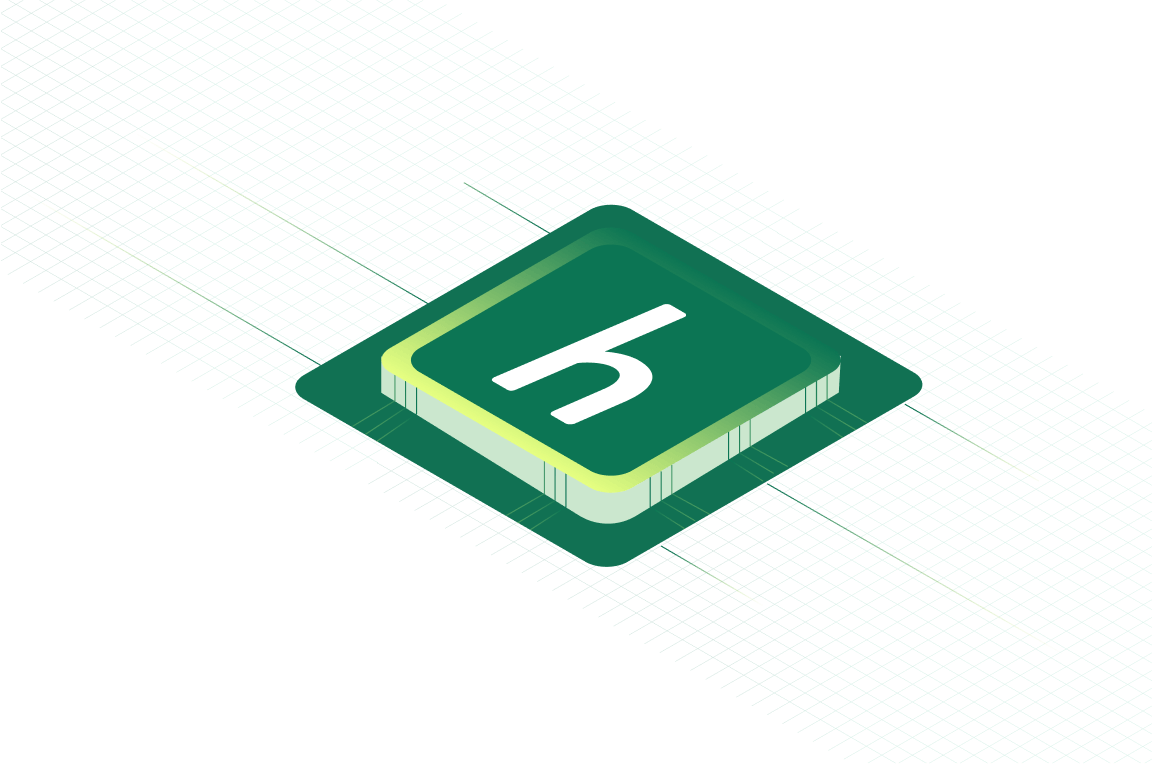You might think you can modernize your support stack piece by piece, adding a chatbot here or a new ticketing system there. But while you’re taking incremental steps, your players are abandoning your games for competitors who get it.
Here’s what’s at stake: every support interaction directly impacts your bottom line. A frustrated player waiting 48 hours for a response to an IAP issue isn’t just a ticket number—they’re a negative review waiting to happen, a churned user in your next retention report, and lost LTV that compounds over time.
The gaming industry has reached an inflection point. Studios that treat support as a cost center rather than a retention driver are watching their metrics slide. Those that modernize their support infrastructure are seeing measurable gains in player satisfaction, retention rates, and ultimately, revenue.
This guide breaks down what modern player support actually looks like, the real risks of maintaining legacy systems, and proof that modernization delivers ROI.
What Modern Player Support Looks Like Today
Modern player support isn’t about adding fancy tools—it’s about creating an interconnected ecosystem that meets players where they are, when they need help. The best-performing studios have moved beyond ticketing systems to build support experiences that feel as seamless as the games themselves.
Here’s what separates modern support operations from legacy setups:
Always-On AI Chatbots for Tier-1 Issues
AI chatbots handle the repetitive questions that flood your queue—password resets, basic troubleshooting, event schedules. But here’s what makes them game-changers: they resolve 60-70% of incoming queries without human intervention, typically in under 30 seconds.
The key is training them on your specific game context. Generic chatbots frustrate players. Purpose-built gaming chatbots understand your game’s terminology, events, and common pain points. They can:
- Guide players through account recovery with your specific authentication flow
- Troubleshoot device-specific performance issues
- Explain current event mechanics and rewards
- Process refund requests within set parameters
This isn’t about replacing agents—it’s about letting them focus on high-value interactions like VIP player issues and complex technical problems.
In-App Messaging for Seamless Support Experiences
Players shouldn’t have to leave your game to get help. In-app messaging keeps them engaged while resolving issues—and the data proves its effectiveness. While email and web channels see average response rates of just 7%, in-app and in-game support channels generate 17.6% response rates, with top performers hitting 35%.
Why the dramatic difference? Context and convenience. When players report issues directly from where they experience them, they can:
- Screenshot the exact error or issue
- Share relevant account data automatically
- Continue playing while waiting for responses
- Get push notifications for agent replies
In-app messaging also captures issues when frustration peaks—right when something goes wrong—rather than losing players who won’t bother writing an email later. This immediacy translates to faster resolutions and fewer negative reviews.
The integration goes deeper than convenience. Support agents see player history, current game state, and purchase records without asking for screenshots or account IDs. Every second saved in back-and-forth is a step closer to resolution.
Smart Workflows That Route and Resolve Faster
Smart workflows do more than route tickets—they orchestrate entire resolution paths. With partial automation handling approximately 27% of gaming support issues, the real power comes from combining automated resolution with intelligent routing for everything else.
Modern workflows analyze multiple signals simultaneously:
- Player value tier and history
- Issue category and complexity
- Required expertise level
- Current agent availability and specialization
This means payment issues go directly to billing specialists, technical bugs reach QA-connected agents, and VIP concerns get priority routing—all within seconds of submission.
The workflows also trigger automated actions while routing happens. Suspected payment failures might automatically check transaction logs, account access issues could initiate security protocols, and crash reports might pull device diagnostics. By the time an agent receives the ticket, the preliminary investigation is complete.
Studios using smart workflows report 30-40% faster resolution times. More importantly, first-contact resolution rates improve because issues land with the right expert immediately.
Multilingual AI to Reach Global Audiences
Previously, players had to wait for support agents fluent in their language to come on shift, causing significant response delays. This challenge hit gaming particularly hard. Global players speak diverse languages and play across all time zones.
Historically, only the largest gaming brands could offer quick, localized support to their global audience. Today, Language AI has leveled the playing field. A frustrated Japanese player at 3 AM their time gets the same support quality as an English-speaking player during peak hours.
This democratization of multilingual support means:
- Indie studios can compete globally without massive support teams
- Mid-size developers can expand into new markets confidently
- Enterprise studios can maintain quality while reducing localization costs
- All players get consistent response times regardless of language or timezone
According to Helpshift’s 2024 Digital Benchmark Report, studios implementing Language AI report dramatic improvements in player satisfaction scores across non-primary language markets, often seeing 25-30% CSAT increases within the first quarter.
Real-Time Feedback to Inform LiveOps Decisions
Modern support platforms transform every player interaction into actionable intelligence for LiveOps teams—identifying issues before they explode across social media.
Real-time dashboards surface patterns instantly:
- Spike in crashes after a new update? Your team knows within minutes, not hours
- Confusion about event mechanics? LiveOps can push clarifications or adjust difficulty
- Payment processing failures in specific regions? Finance teams get immediate alerts
- Balance complaints about new content? Design teams see sentiment shifts as they happen
The key difference from legacy systems: aggregation and pattern recognition happen automatically. Instead of manually reviewing tickets, your teams receive prioritized alerts based on volume, severity, and player segment impact.
This speed matters during live events. When a limited-time offer has unclear requirements, every hour of confusion means lost revenue and frustrated players. Studios with real-time feedback loops can push fixes or clarifications while events are still running, salvaging both revenue and player trust.
Real-World Risks: When Legacy Support Fails at Scale
Legacy support systems don’t gradually degrade—they fail catastrophically during your most critical moments. Peak events, new launches, and viral moments expose every weakness in outdated infrastructure. The damage isn’t abstract; it shows up in measurable metrics that directly impact revenue and growth.
These scenarios aren’t worst-case hypotheticals. They’re happening to studios every day:
App Store Ratings Drop During Live Events
During live events—when player engagement and spending peak—support volume can spike 300-400%. Legacy systems buckle, response times stretch from hours to days, and frustrated players head straight to app stores.
The math is brutal: a drop from 4.5 to 4.0 stars can reduce organic installs by 20-30%. During a major event, hundreds of negative reviews can accumulate in 48 hours. Even after you resolve the underlying issues, those ratings remain, affecting store visibility and conversion rates for months.
The cascade effect:
- Players can’t access event rewards due to bugs
- Support queues overflow, creating 72+ hour response times
- Frustrated players leave 1-star reviews mentioning poor support
- Potential new players see recent negative reviews and don’t install
- UA costs increase to compensate for lower organic traffic
Modern support infrastructure with auto-scaling and AI deflection maintains consistent response times even during 10x volume spikes.
VIP Player Loss Due to Delayed Escalations
Losing a VIP player isn’t just losing one customer—it’s losing thousands in monthly revenue. Yet legacy support systems treat all players equally, burying VIP issues in general queues where they wait behind password resets and basic questions.
Consider the typical VIP experience with outdated support:
- They encounter a purchase error on a $99.99 package
- Their ticket enters the same queue as free players
- 48 hours pass without resolution
- They dispute the charge with their payment provider
- They quit and move their spending to a competitor
That single failed escalation represents $500-2,000 in lost annual revenue per VIP. Multiply that by dozens of similar experiences monthly, and you’re looking at six-figure revenue impacts.
VIP churn creates ripple effects:
- Lost social influence (VIPs often lead guilds/clans)
- Reduced competitive ecosystem (top spenders drive event participation)
- Higher acquisition costs to replace their revenue
- Negative word-of-mouth in whale communities
Modern systems automatically identify and route VIP issues based on account value, purchase history, and engagement patterns. These players reach specialized agents within minutes, with full account context visible immediately. The investment in VIP support infrastructure pays for itself by preventing even a handful of high-value churns monthly.
Revenue Loss from Unresolved IAP Issues
Every unresolved purchase issue costs you twice—the immediate transaction and the player’s future spending. Players experiencing IAP problems have zero patience for slow support. They want their items now, or they want their money back. Fail to deliver either quickly, and they’re gone.
The financial impact compounds:
- 30% of players with unresolved IAP issues never attempt another purchase
- Payment providers flag high dispute rates, potentially increasing processing fees
- Platform stores may restrict featuring for apps with excessive refund rates
- Players share negative payment experiences in reviews, deterring other spenders
The timeline matters. Helpshift’s benchmark data shows players expect IAP issue resolution within 2-4 hours. Legacy email support averaging 24-48 hour responses guarantees frustration, chargebacks, and permanent spending loss.
One overlooked cost: support team burnout. Agents spending hours investigating payment issues, switching between systems, and manually processing refunds can’t handle volume efficiently. This creates a backlog spiral—slower resolutions lead to more complaints, which create longer queues, which cause even slower resolutions.
Automated payment verification and instant refund processing within set parameters solve most IAP issues without agent intervention. For complex cases, specialized payment support agents with direct platform integration tools resolve issues in minutes, not hours. The ROI is immediate—every saved transaction and prevented chargeback directly impacts revenue.
Case Studies: Studios That Modernized and Won
The shift from legacy to modern support isn’t theoretical—studios are doing it successfully and seeing immediate returns. These aren’t just marginal improvements; they’re transformative changes in player satisfaction and operational efficiency.
Jam City: Improving CSAT with In-App Support
Jam City’s transformation proves that modernization delivers measurable impact. Facing scalability issues with their legacy support system, they implemented a comprehensive in-app support solution—and the results exceeded expectations.
The numbers tell the story:
- 100% increase in CSAT scores after shifting to in-game communication channels
- 90% ticket deflection rate through their in-game knowledge base
- 30% reduction in overall ticket volume compared to their legacy solution
By embedding support directly into their games, Jam City removed friction from the help experience. Players could find answers without leaving their game session, and when they did need human support, agents had full context immediately.
Beyond the metrics, Helpshift’s unified dashboard transformed how Jam City uses support data. Real-time reporting turned customer feedback into actionable intelligence for product development. Support evolved from a cost center managing complaints to a business driver informing game improvements.
The 100% CSAT increase didn’t happen overnight—it came from systematically removing every friction point in the support journey.
Final Thoughts
The studios succeeding today understand a fundamental truth—support isn’t about fixing problems anymore. It’s about creating experiences that keep players engaged, spending, and advocating for your game.
When Jam City doubled their CSAT scores and deflected 90% of tickets, they didn’t just improve support metrics. They transformed player relationships.
The modernization path is proven:
- Implement AI and automation to handle volume without sacrificing quality
- Meet players in-game where frustration happens
- Build intelligent workflows that route and resolve based on player value
- Scale globally with Language AI instead of headcount
- Turn support data into LiveOps intelligence
Request a Helpshift Demo to Future-Proof Your Support Stack
See how leading gaming studios achieve 90% automation rates and 2x CSAT improvements. Get a personalized demo showing exactly how Helpshift can modernize your support operations—before your next big event tests your current system’s limits.








